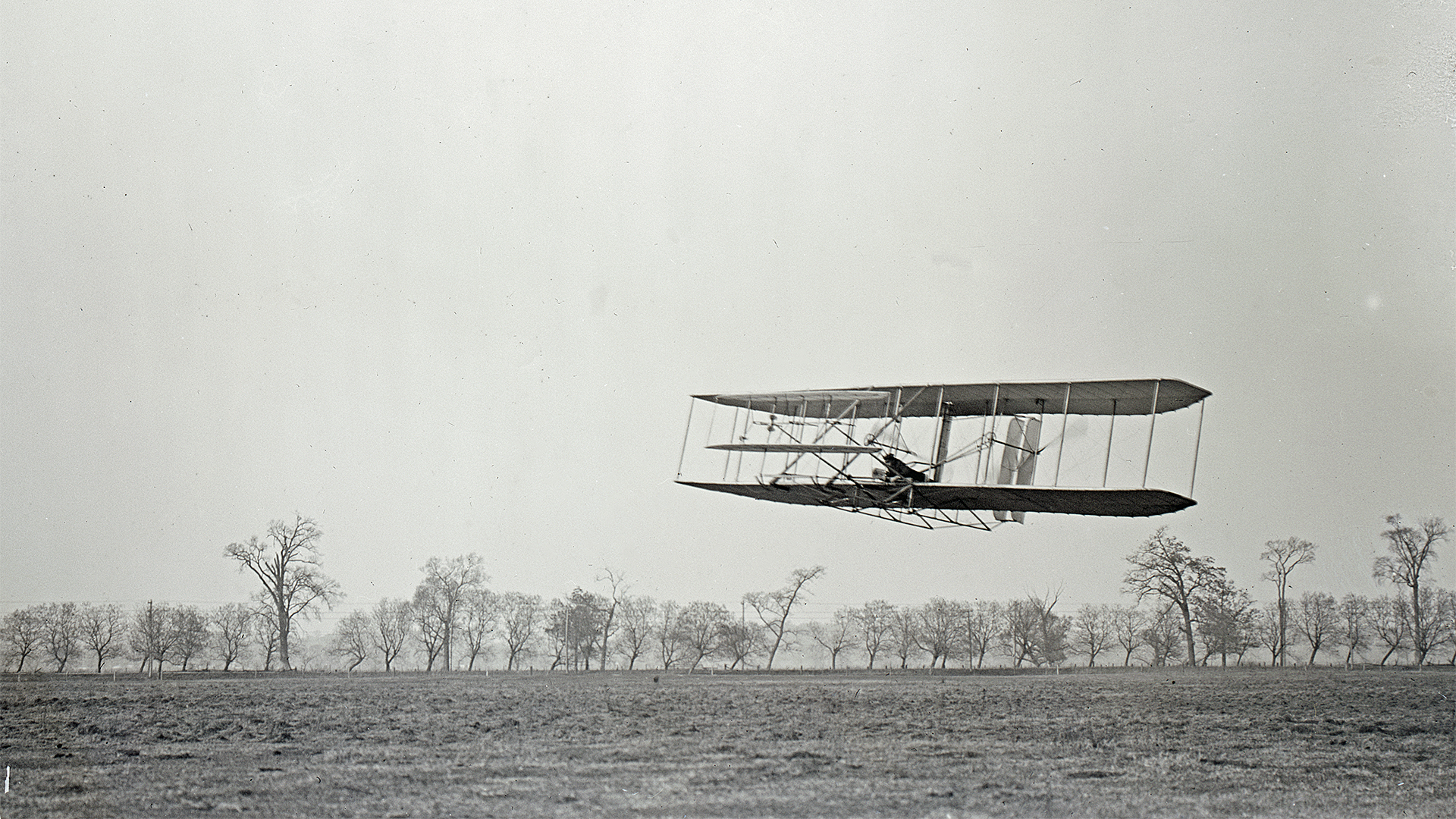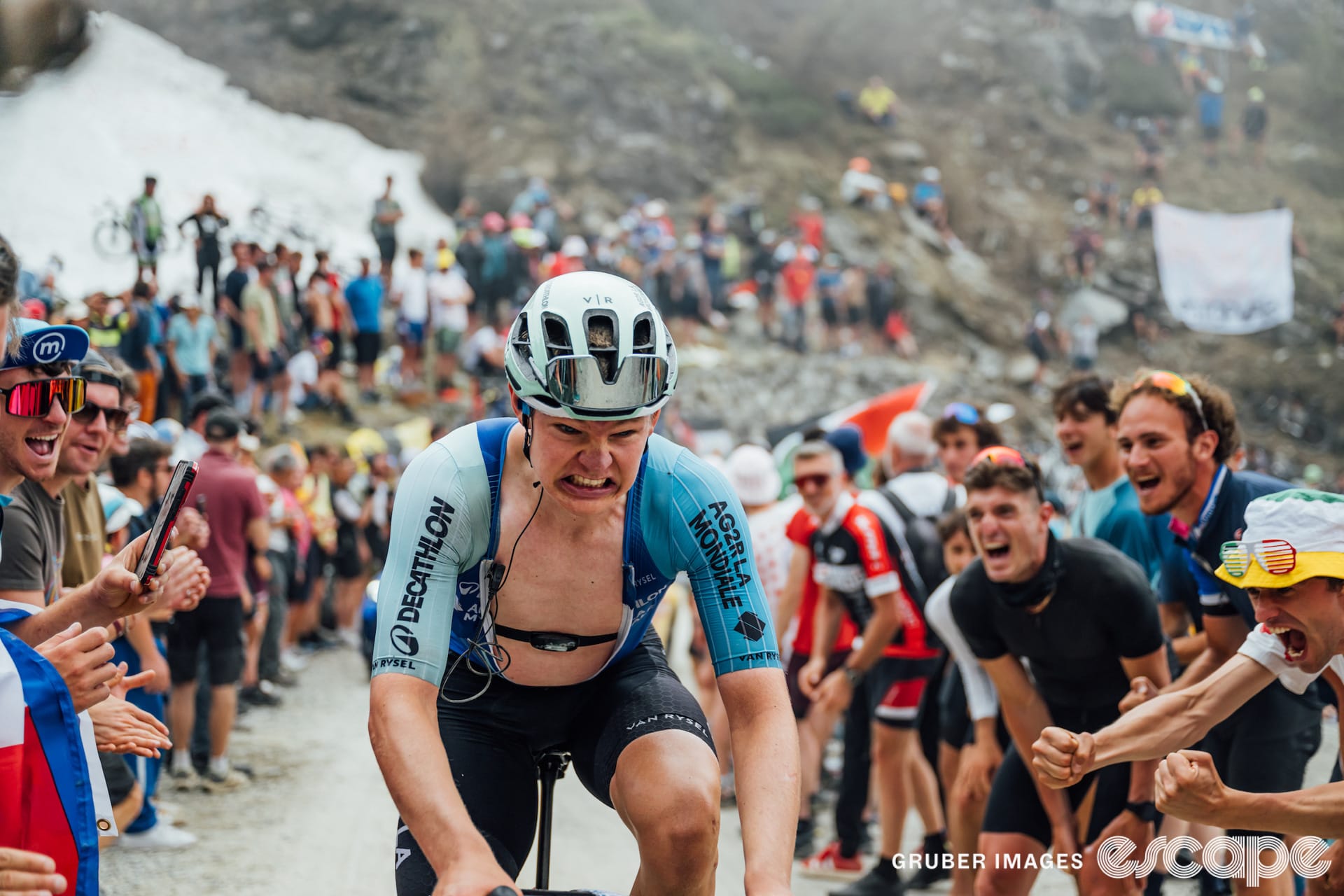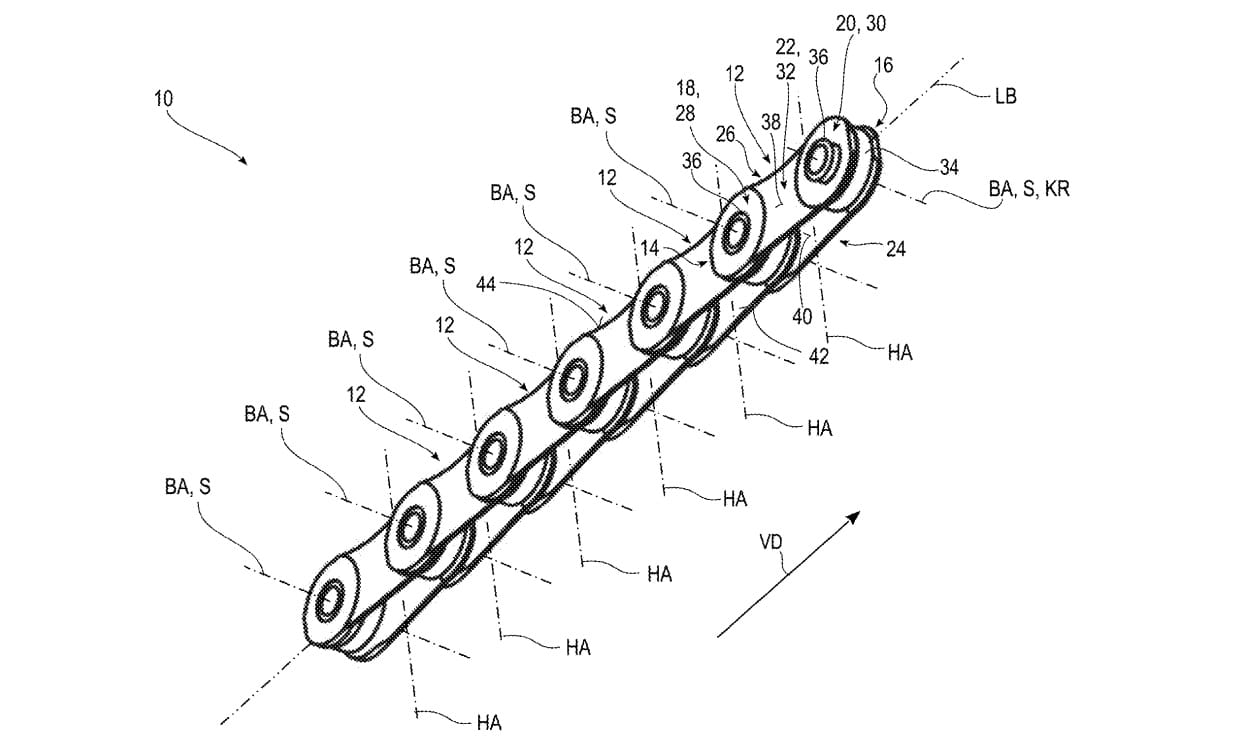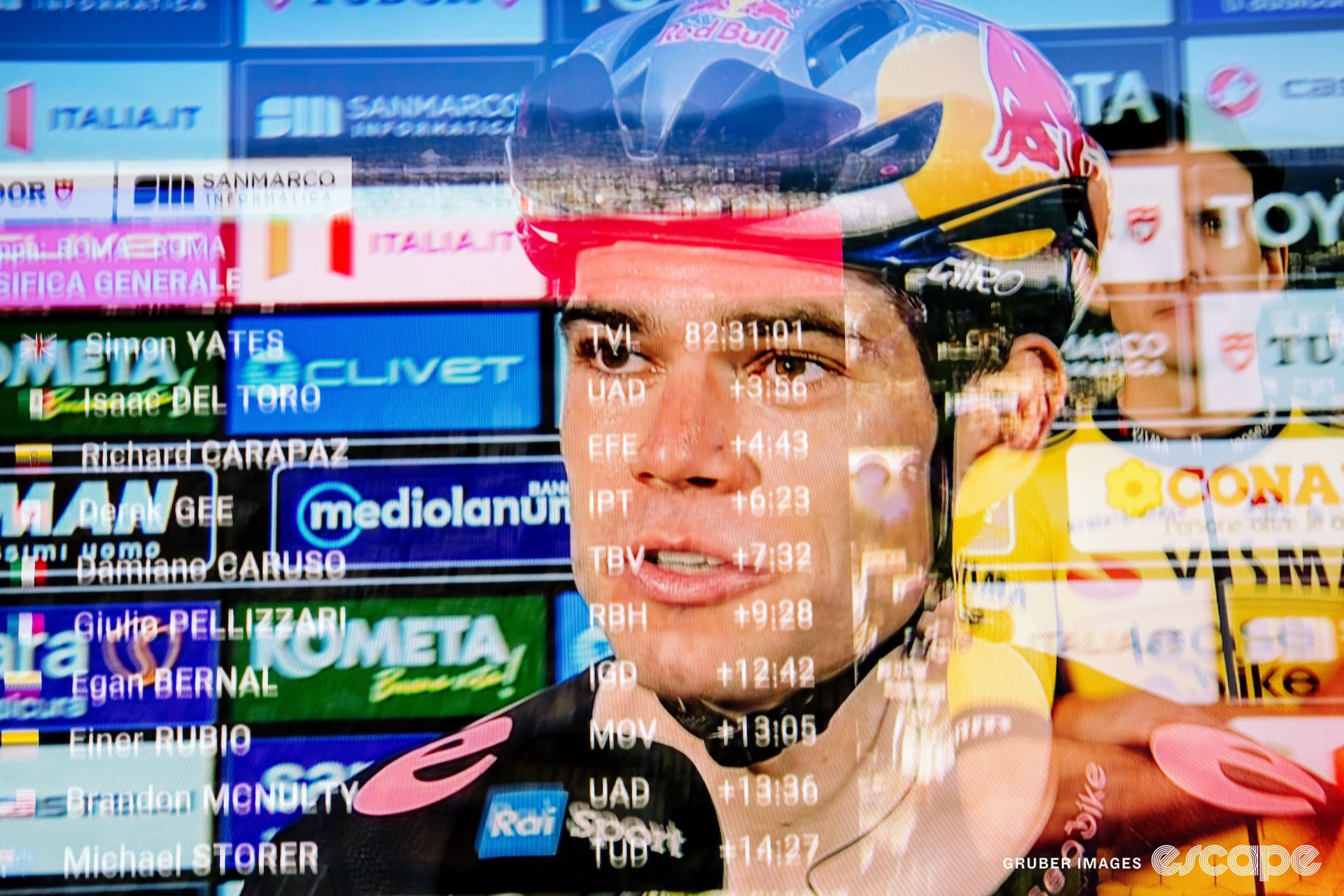In stage 13 we go to Pau again. This is my fifth year doing these daily blogs and it’s also my fifth blog on Pau. In 2020 I talked about Henry IV, and in 2021 about the doping scandals related to Pau. In 2022 there was no stage but in 2023 the Tour de France Hommes as well as the Tour de France Femmes visited. I addressed some cuisine like the Béarnaise sauce, cheese, and the hearty soup called Garbure. And I told you how a man born in Pau became king of Sweden. What’s left to say?
Aviation. Yes, the history of aviation in Pau is distinguished early on by its connection to the Wright brothers, Orville and Wilbur. In 1908, Wilbur Wright chose Pau as the location to train the first European aviators. They were initially located in Le Mans but moved south due to its mild winter weather. This way they could offer year-round flying. Pau became one of the first European centers for aviation training.
The Wright brothers started their career in bikes. The brothers repaired, rented, built, and sold bikes in Dayton, Ohio. They used concepts, skills, and profits from their bike company to support their aviation experiments.
While running their bicycle business, Wilbur and Orville studied the problems of mechanical and human flight. After reading extensively and studying bird flight and the work of pioneer Otto Lilienthal (spoiler, he died in one of his experiments), the brothers became convinced that human flight was possible and decided to conduct some experiments of their own. The European aviation community, especially those in France, were openly derisive, calling them bluffeurs. The brothers proved them wrong of course. By moving to Pau they did French aviation a favour because even after the Wrights left, aviation remained part of the city’s DNA. There is still a French air force regiment based in Pau.
Just south of Pau we find a small but wonderful wine region. Joris, the wine expert at Restaurant Joelia in Rotterdam, told me recently it’s an up-and-coming region so the prices are still affordable. The two wines he served us one night were sweet but not sickly sweet. There was a drier variety with a fish dish. The sweeter wine that came with the strawberries for dessert was my favorite. It came with an interesting story, as wine experts often have at higher-end restaurants.
In the Jurançon they use the grape varieties Petit or Gros Manseng which are native to the region. To get more sweetness into the wine, they harvest the grapes quite late, well into October, November, and even December. Leaving them on the vine gives them more time to sweeten and develop aromas. Think about raisins here. The late harvest is possible due to the climate, but it comes with some risks. When it’s too cold or too wet, the entire harvest can go to waste.
The decision of when to harvest is collective between the winemakers, the manager of the winery, and winegrowers. The result is a great wine. I had the Clos Lapeyre Moelleux. I am not even a wine drinker, but I absolutely loved this one. Next to a sweet dessert, it also goes wonderfully well with a cheese platter, and you know by now, I live for cheese platters. Santé!
Did we do a good job with this story?





